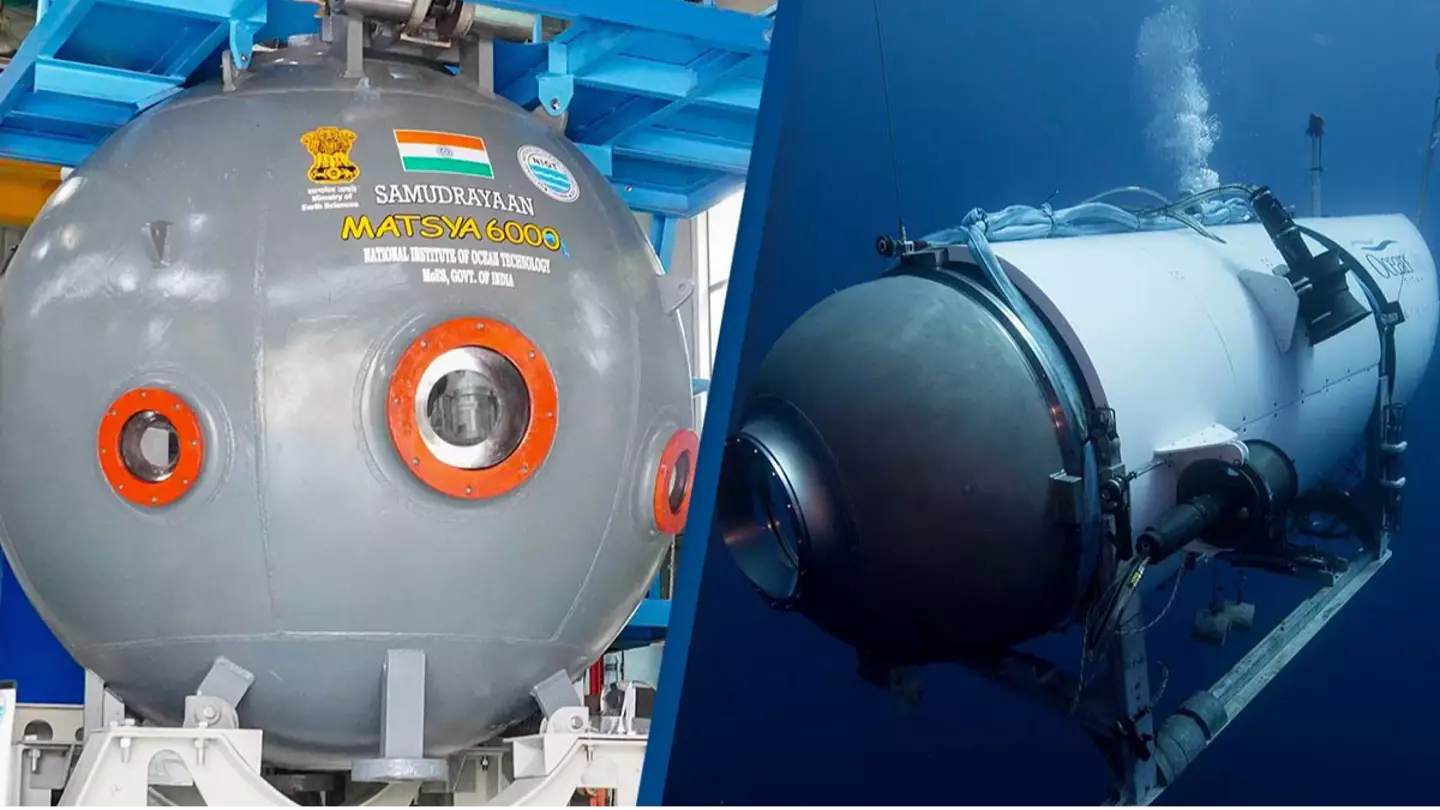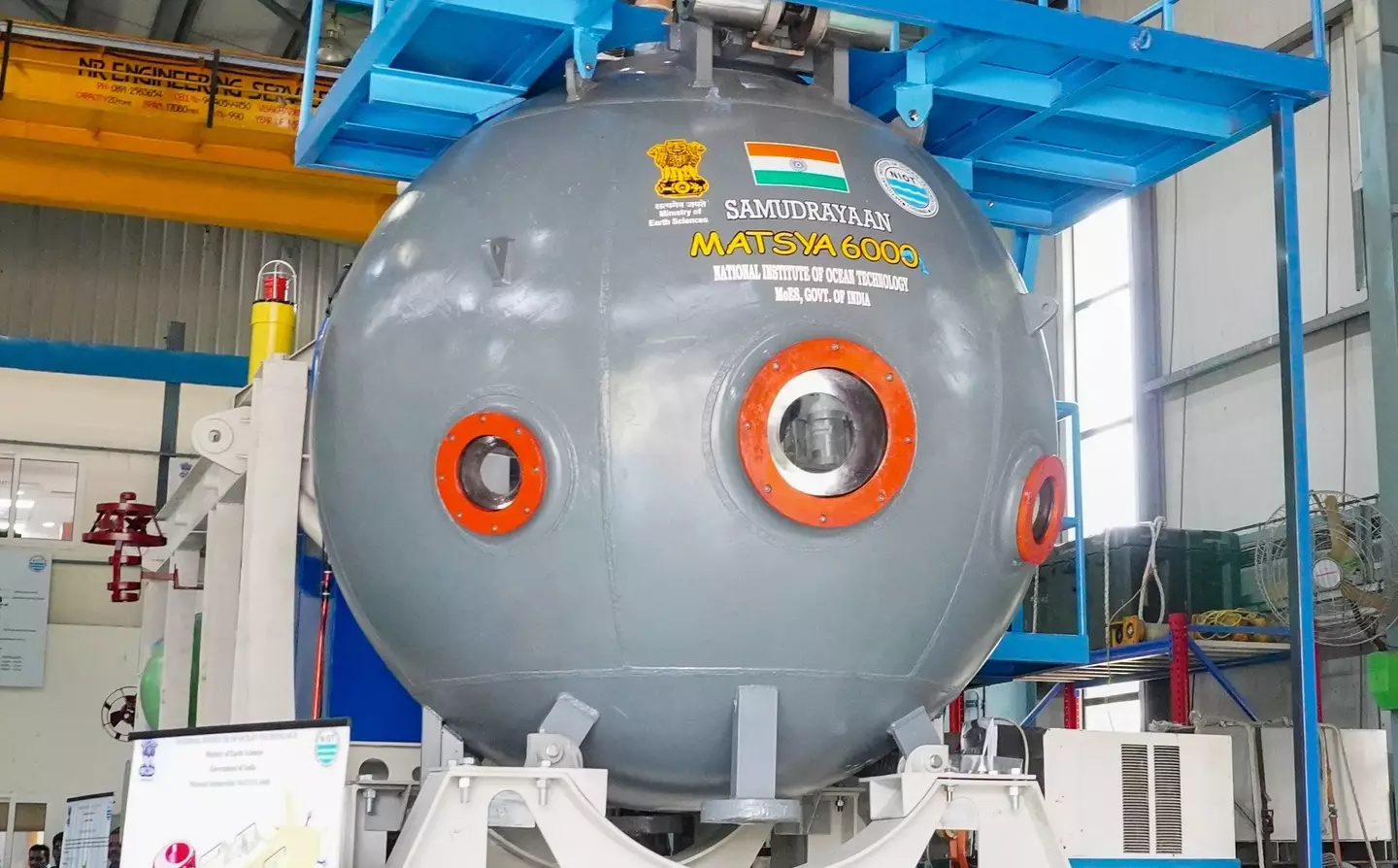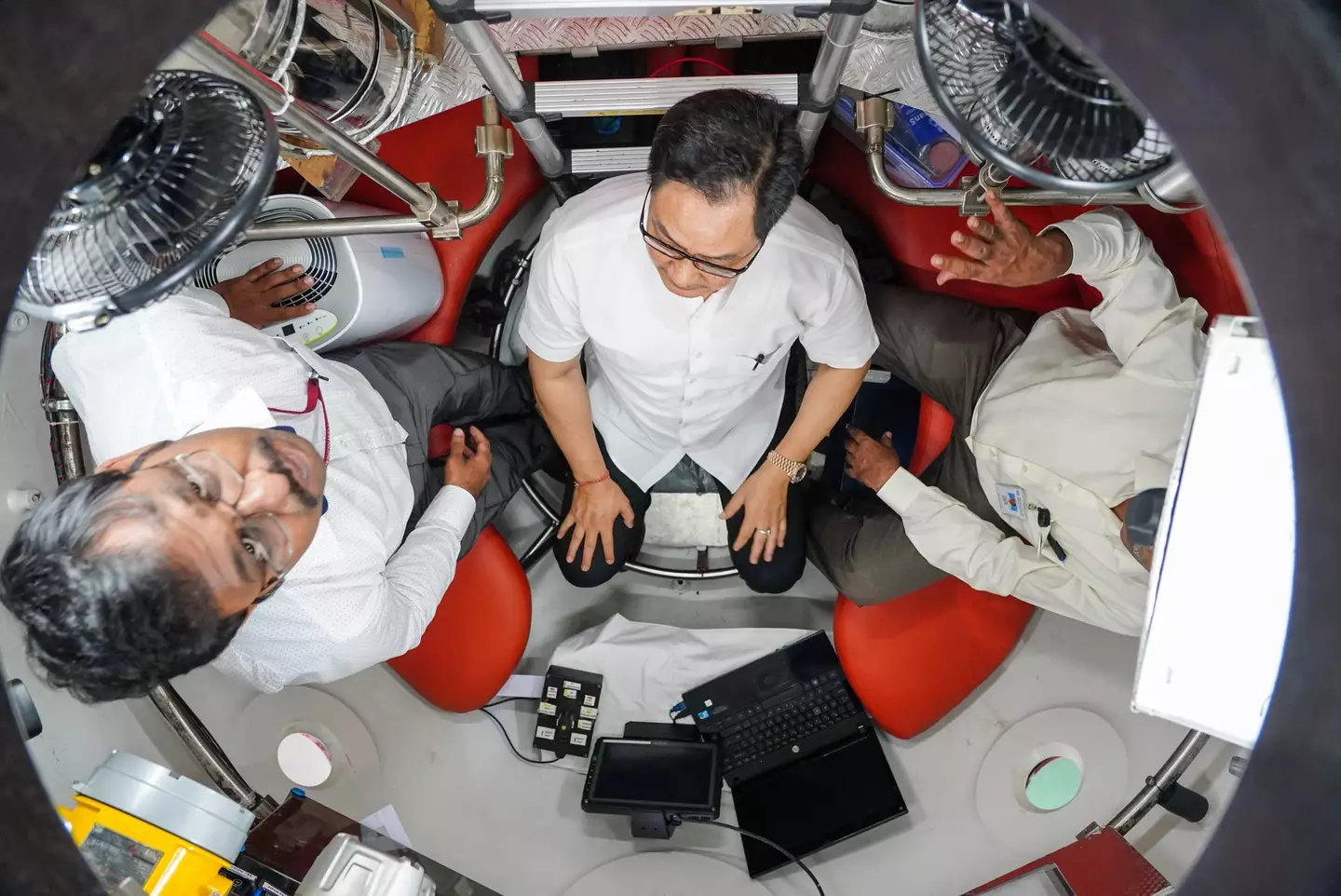
India is developing a submarine with a design that was influenced by the doomed OceanGate Titan submersible.
The Matsya 6000 is being developed as part of efforts for India to get down to the sea floor and search for precious metals which could be obtainable.
The submersible is expected to undergo its first trials in early 2024 after being under development for two years, during which time its design was influenced by the OceanGate sub Titan.
By now you likely know that name as it's the sub that imploded while on a voyage to the wreckage of the Titanic earlier this year, costing the lives of everyone on board.
During the development process for the Matsya (Sanskrit for 'fish') there was some influence from the OceanGate vessel, though over time it's shown the sub developers what they want to avoid rather than what they'd like to emulate.
Advert

The Matsya is intended to dive down to depths of 6,000 metres and can carry three people, normally it will dive down for 12 to 16 hours, though there will be an oxygen capacity of 96 hours as it's always nice to surface with some air to spare.
However, while it might be quite cramped inside one of these submersibles it's also not quite the safety hazard that OceanGate's vessel turned out to be.
In the aftermath of the Titan's destruction, a plethora of claims were made that people repeatedly warned OceanGate over the safety of their sub to no avail.
Advert
One of the biggest concerns over the doomed submersible was that it wasn't close to safety standards, with worries expressed over the sub's mainly carbon fibre hull.
Conversely, the Matsya is constructed out of titanium after experts decided to avoid constructing their sub out of the same material as the Titan.

While OceanGate had claimed it was employing 'innovation' in the designs of its subs, biomedical engineer Rachel Lance said that it was instead doing things which had already been proven not to work.
Advert
The Titan was destroyed by pressure about 380 times that on the surface, while the Matsya 6000 is aiming to survive at pressures of around 600 times what it would be subjected to on the surface.
Subs which want to consistently dive down to the ocean floor have to be made of stronger stuff than carbon fibre, hence why the suggestion of making the Matsya out of carbon fibre like the Titan ultimately didn't get the green light.
The Matsya 6000 is expected to begin testing in the Bay of Bengal next year.
Topics: World News, Titanic